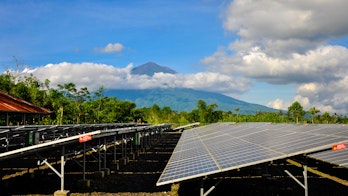Reports
-
- Clean Energy Transitions Programme (57)
- Clean Energy Transitions in Emerging Economies (16)
- Technology Collaboration Programme (14)
- Digital Demand-Driven Electricity Networks Initiative (6)
- Energy Sub-Saharan Africa (6)
- People-Centred Clean Energy Transitions (5)
- CEM Hydrogen Initiative (4)
- Energy Efficiency in Emerging Economies (2)
- Global Commission for Urgent Action on Energy Efficiency (2)
- Designing for fairness (1)
-
Coal in Net Zero Transitions
Strategies for rapid, secure and people-centred change
Fuel report — November 2022
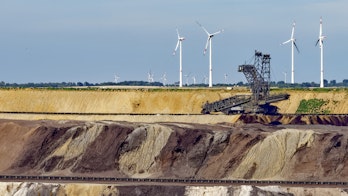
-
Advancing Decarbonisation through Clean Electricity Procurement
Fuel report — November 2022
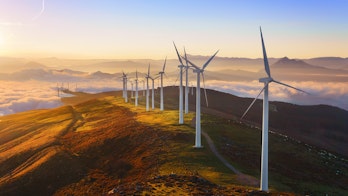
-

World Energy Outlook 2022
Flagship report — October 2022
-
Clean Energy Transitions in the Greater Horn of Africa
Country report — October 2022

-
Tracking Public Investment in Energy Technology Research: A Roadmap
Technology report — September 2022

-

Cross-Cutting Technologies & Infrastructure
Tracking Clean Energy Progress 2022
Flagship report — September 2022
-
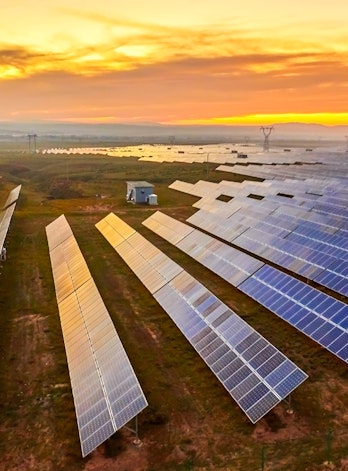
Energy System Overview
Tracking Clean Energy Progress 2022
Flagship report — September 2022
-
Global Hydrogen Review 2022
Technology report — September 2022

-
Skills Development and Inclusivity for Clean Energy Transitions
Default report — September 2022
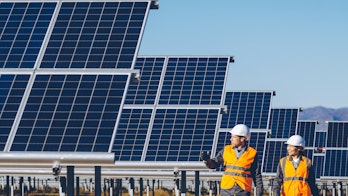
-
Breakthrough Agenda Report 2022
Accelerating sector transitions through stronger international collaboration
Default report — September 2022

-
Security of Clean Energy Transitions 2022
Default report — September 2022

-
An Energy Sector Roadmap to Net Zero Emissions in Indonesia
Country report — September 2022

-
Technology and Innovation Pathways for Zero-carbon-ready Buildings by 2030
A strategic vision from the IEA Technology Collaboration Programmes
Technology report — September 2022
-
By 2030 EVs represent more than 60% of vehicles sold globally, and require an adequate surge in chargers installed in buildings
Part of Technology and innovation pathways for zero-carbon-ready buildings by 2030
Technology report — September 2022
-
Residential behaviour changes lead to a reduction in heating and cooling energy use by 2030
Part of Technology and innovation pathways for zero-carbon-ready buildings by 2030
Technology report — September 2022
-
Targeting 100% LED lighting sales by 2025
Part of Technology and innovation pathways for zero-carbon-ready buildings by 2030
Technology report — September 2022
-
Solar thermal technologies deployed in around 400 million dwellings by 2030
Part of Technology and innovation pathways for zero-carbon-ready buildings by 2030
Technology report — September 2022
-
350 million building units connected to district energy networks by 2030, provide about 20% of space heating needs
Part of Technology and innovation pathways for zero-carbon-ready buildings by 2030
Technology report — September 2022
-
Solar PV and wind supply about 40% of building electricity use by 2030
Part of Technology and innovation pathways for zero-carbon-ready buildings by 2030
Technology report — September 2022
-
Approximately 100 million households rely on rooftop solar PV by 2030
Part of Technology and innovation pathways for zero-carbon-ready buildings by 2030
Technology report — September 2022
-
Installation of about 600 million heat pumps covering 20% of buildings heating needs required by 2030
Part of Technology and innovation pathways for zero-carbon-ready buildings by 2030
Technology report — September 2022
-
Renovation of near 20% of existing building stock to zero-carbon-ready by 2030 is ambitious but necessary
Part of Technology and innovation pathways for zero-carbon-ready buildings by 2030
Technology report — September 2022
-
All countries targeted for zero-carbon-ready codes for new buildings by 2030
Part of Technology and innovation pathways for zero-carbon-ready buildings by 2030
Technology report — September 2022
-
Enhancing Indonesia’s Power System
Pathways to meet the renewables targets in 2025 and beyond
Country report — August 2022
